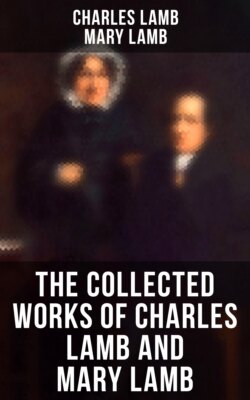Читать книгу The Collected Works of Charles Lamb and Mary Lamb - Charles Lamb - Страница 105
На сайте Литреса книга снята с продажи.
GRAY'S CHURCH-YARD ELEGY
ОглавлениеSave where the beetle wheels——
Scott
The beetle was introduced in poetry by Shakspeare * * *. Shakspeare has made the most of his description; indeed, far too much, considering the occasion:
——to black Hecate's summons
The shard-born beetle with his drowsy hum
Hath rung night's yawning peal.——
The imagination must be indeed fertile, which could produce this ill-placed exuberance of imagery. The poet, when composing this passage, must have had in his mind all the remote ideas of Hecate, a heathen Goddess, of a beetle, of night, of a peal of bells, and of that action of the muscles, commonly called a gape or yawn.
Ritson
Numbscull! that would limit an infinite head by the square contents of thy own numbscull.
Scott
The great merit of a poet is not, like Cowley, Donne, and Denham, to say what no man but himself has thought, but what every man besides himself has thought; but no man expressed, or, at least, expressed so well.
Ritson
In other words, all that is poetry, which Mr. Scott has thought, as well as the poet; but that cannot be poetry, which was not obvious to Mr. Scott, as well as to Cowley, Donne, and Denham.
Scott
Mr. Mason observes of the language in this part [the Epitaph], that it has a Doric delicacy. It has, indeed, what I should rather term a happy rusticity.
Ritson
Come, see
Rural felicity.
